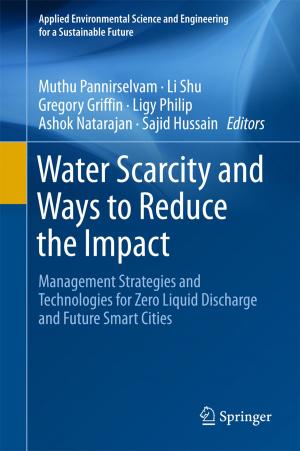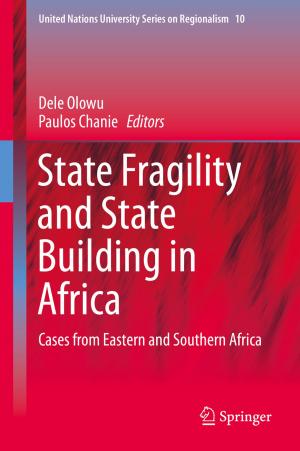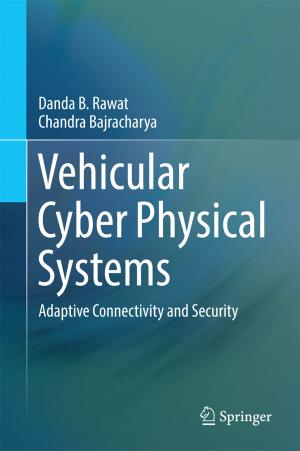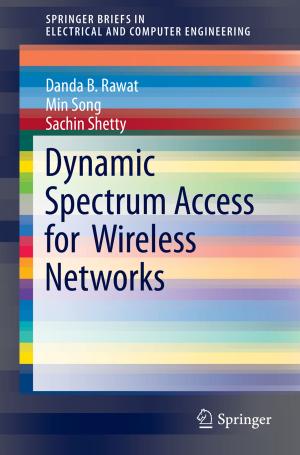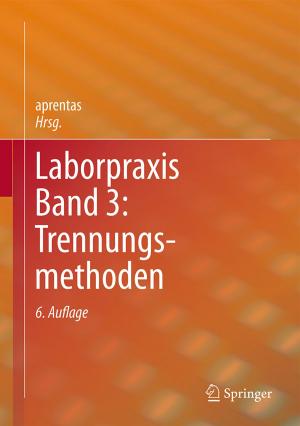Land-Atmospheric Research Applications in South and Southeast Asia
Nonfiction, Science & Nature, Technology, Remote Sensing, Social & Cultural Studies, Political Science, Politics, City Planning & Urban Development, Science| Author: | ISBN: | 9783319674742 | |
| Publisher: | Springer International Publishing | Publication: | March 26, 2018 |
| Imprint: | Springer | Language: | English |
| Author: | |
| ISBN: | 9783319674742 |
| Publisher: | Springer International Publishing |
| Publication: | March 26, 2018 |
| Imprint: | Springer |
| Language: | English |
This edited volume sheds new light on the impact of rapid Land Use/Cover Changes (LU/CC) on greenhouse gases (GHG’s) and aerosol emissions in South and Southeast Asia. Several countries in South/Southeast Asia have the highest population growth rates in the world, which is the main cause for LU/CC. Conversion of dense forests to agricultural areas and then to residential and urban areas is most commonly observed in South/Southeast Asian countries with a significant release of GHG’s and aerosols.
The book showcases several case studies on the use of remote sensing and geospatial technologies to quantify biomass burning and air pollution impacts, aerosol pollution, LU/CC, and impacts on ecosystem services. The book also includes articles on regional initiatives in research, capacity building, and training. The authors of this book are international experts in the field, and their contributions highlight significant drivers and impacts of air pollution in South/Southeast Asia. Readers will discover the latest tools and techniques, in particular, the use of satellite remote sensing and geospatial technologies for quantifying GHG’s, aerosols and pollution episodes in this region.
This edited volume sheds new light on the impact of rapid Land Use/Cover Changes (LU/CC) on greenhouse gases (GHG’s) and aerosol emissions in South and Southeast Asia. Several countries in South/Southeast Asia have the highest population growth rates in the world, which is the main cause for LU/CC. Conversion of dense forests to agricultural areas and then to residential and urban areas is most commonly observed in South/Southeast Asian countries with a significant release of GHG’s and aerosols.
The book showcases several case studies on the use of remote sensing and geospatial technologies to quantify biomass burning and air pollution impacts, aerosol pollution, LU/CC, and impacts on ecosystem services. The book also includes articles on regional initiatives in research, capacity building, and training. The authors of this book are international experts in the field, and their contributions highlight significant drivers and impacts of air pollution in South/Southeast Asia. Readers will discover the latest tools and techniques, in particular, the use of satellite remote sensing and geospatial technologies for quantifying GHG’s, aerosols and pollution episodes in this region.


